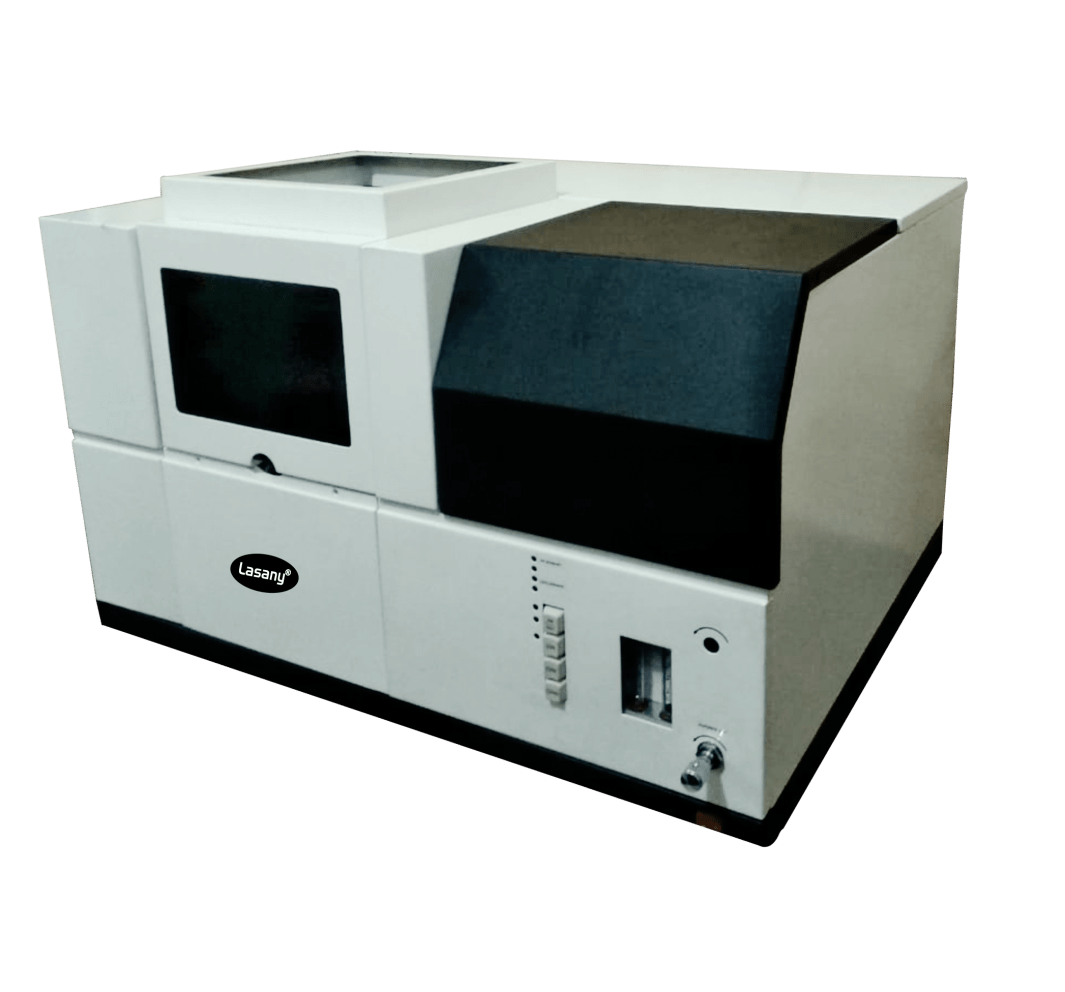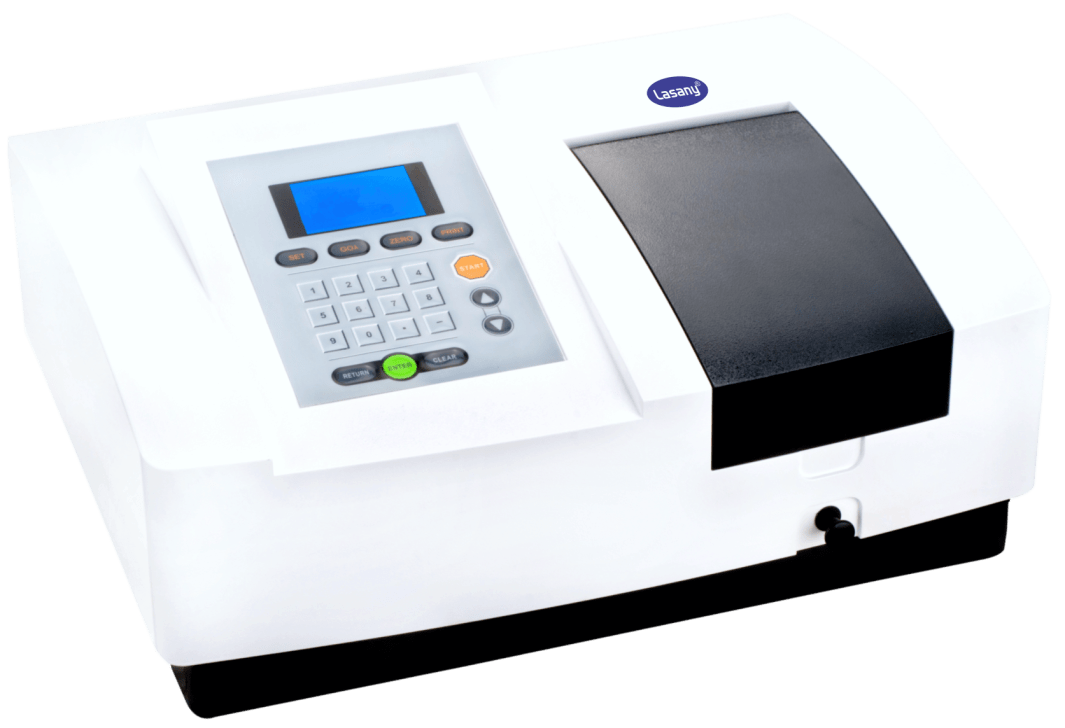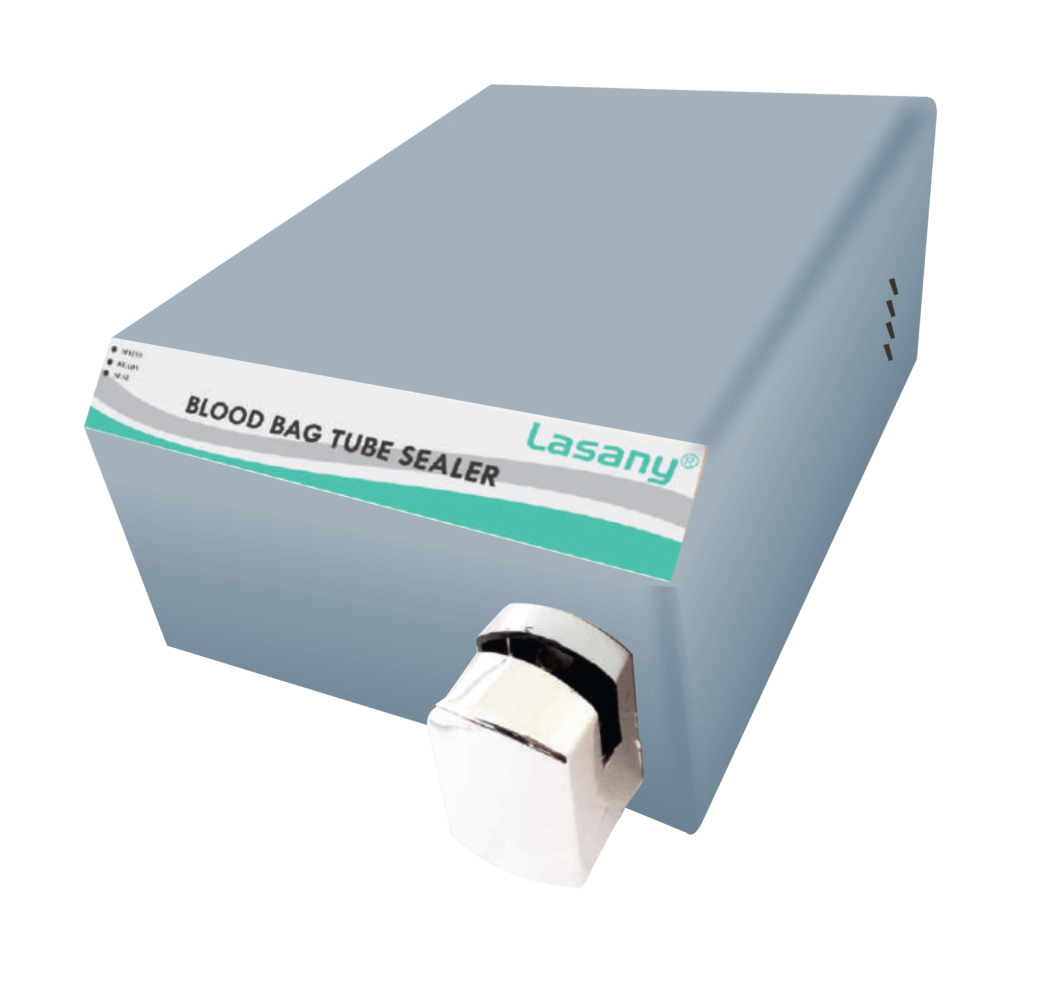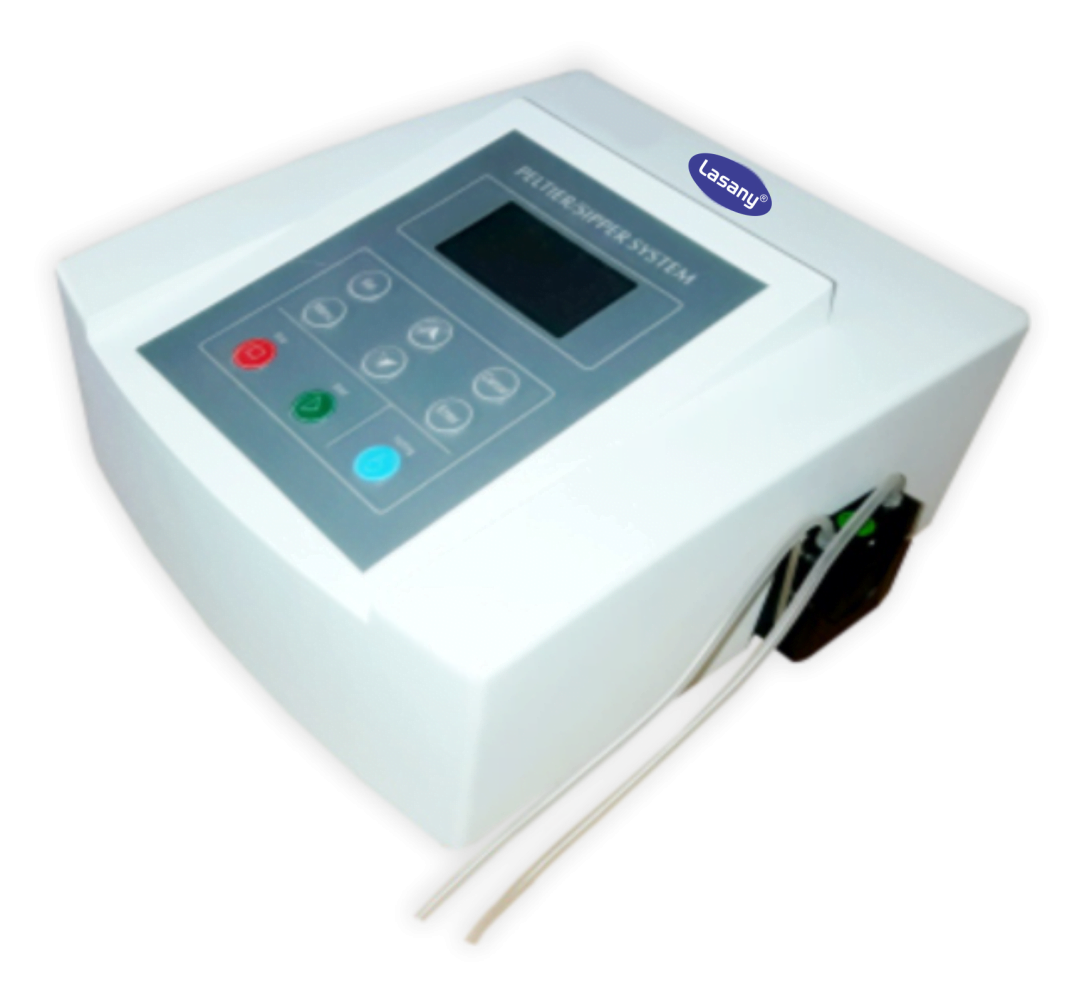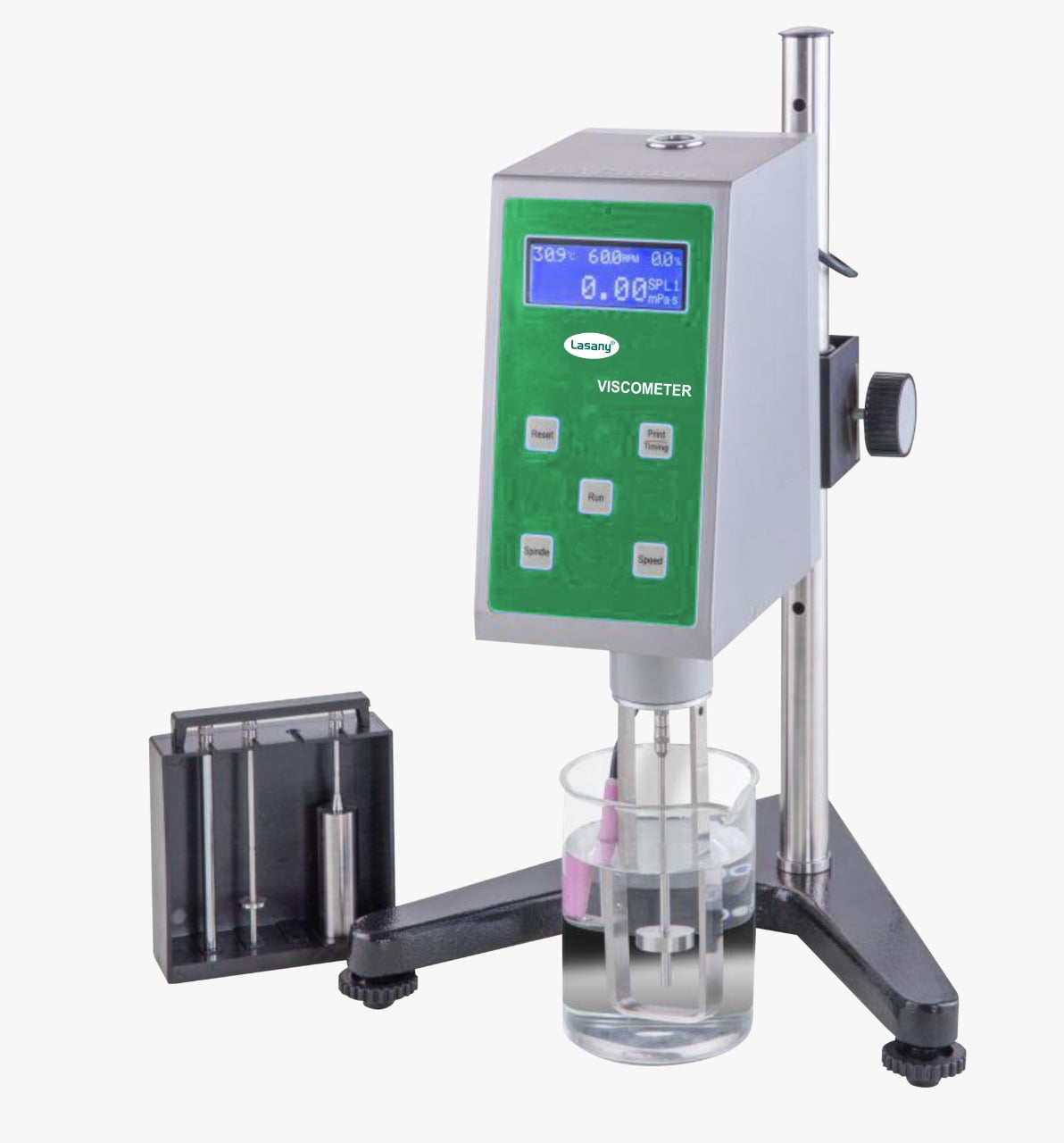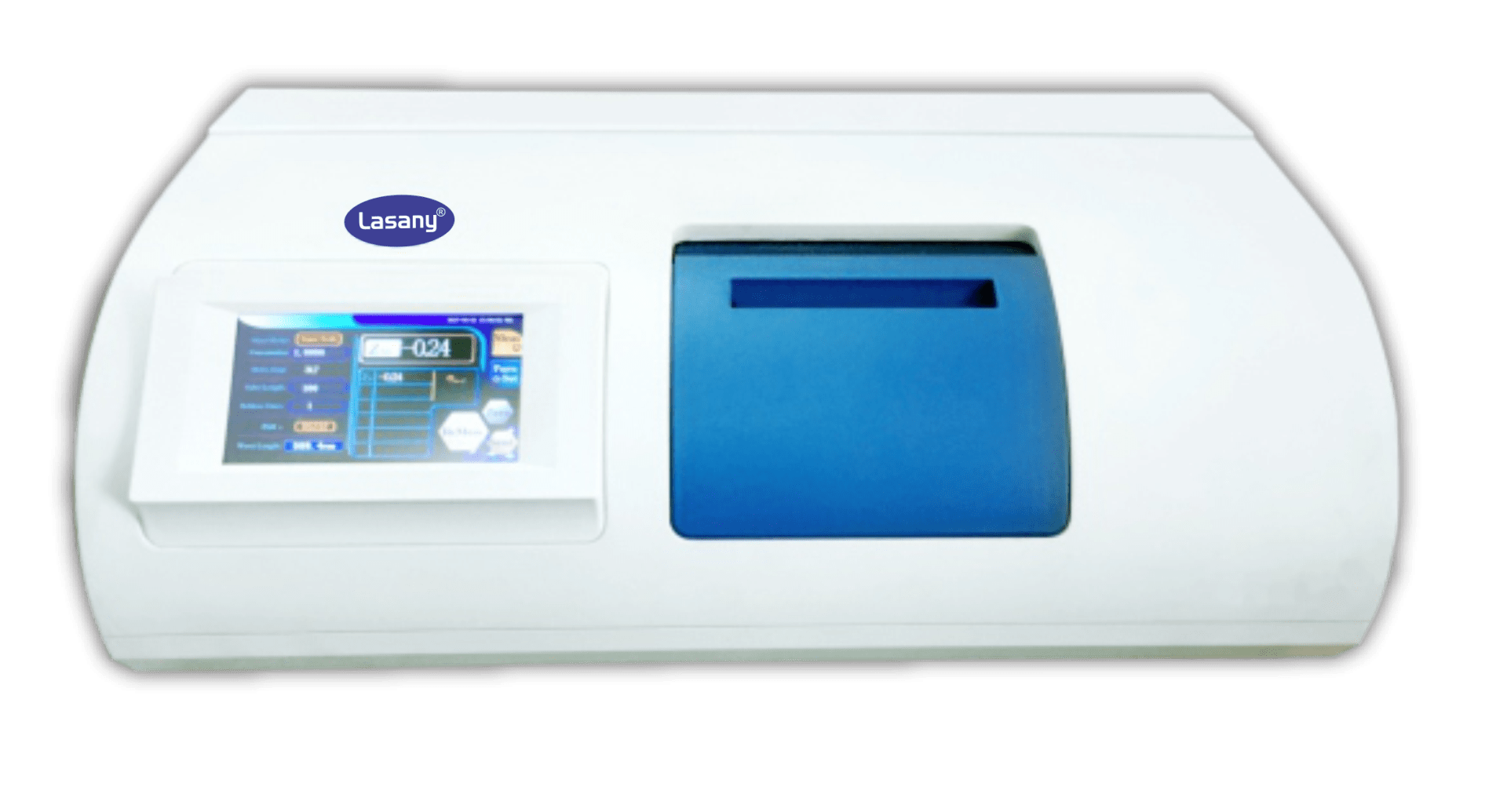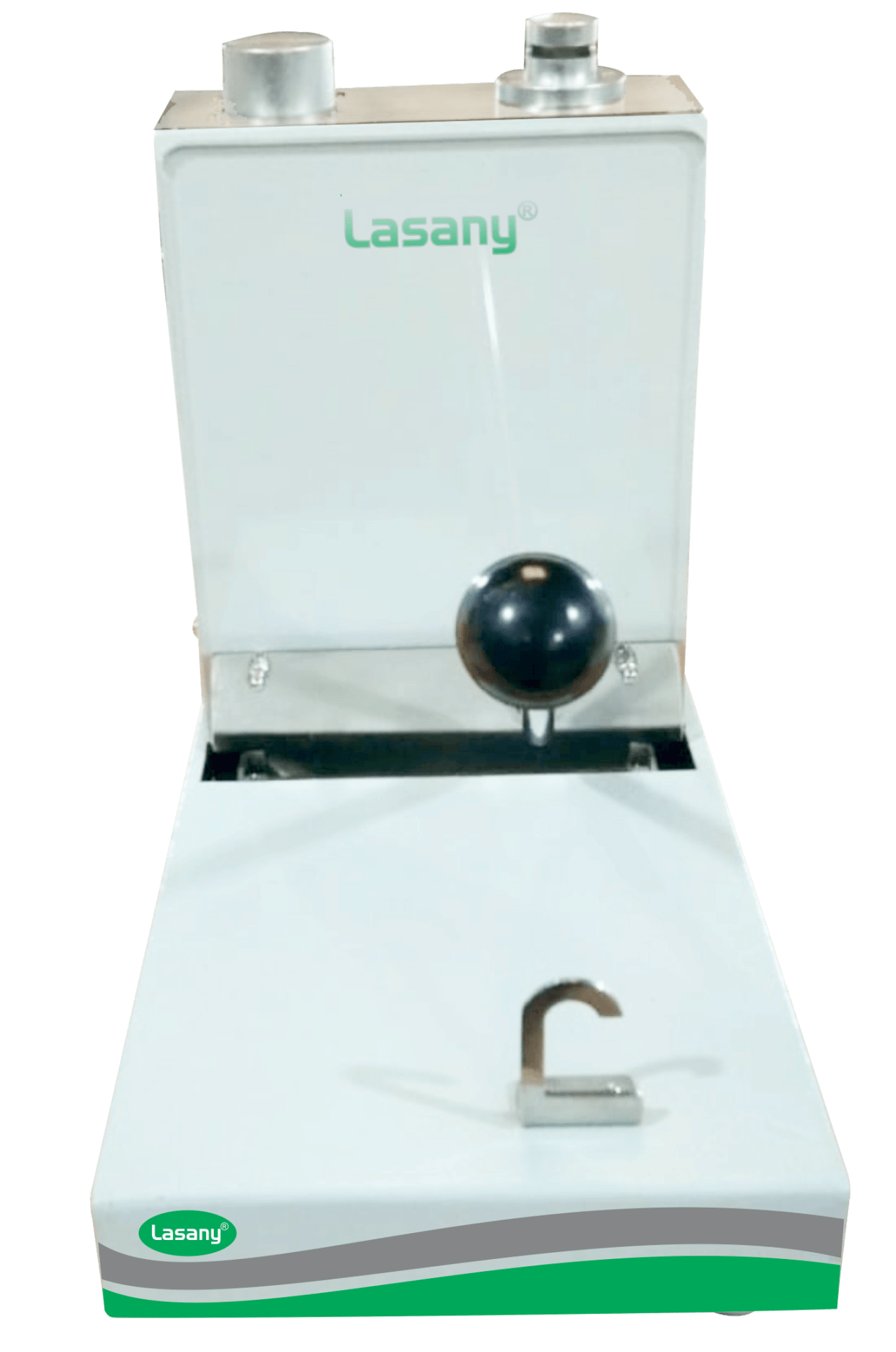Description
At Lasany International, we understand the critical role that atomic absorption spectrophotometry plays in various scientific and analytical fields. That’s why we have designed our spectrophotometers to deliver exceptional performance, accuracy, and reliability. Whether you’re conducting research, performing quality control analysis, or carrying out environmental testing, our instruments provide the precise measurements you need.
An Atomic Absorption Spectrophotometer (AAS) is a scientific instrument used for analyzing the concentration of specific metal elements in a sample. It operates based on the principles of atomic absorption spectroscopy, where light of a specific wavelength is absorbed by free atoms of an element in a gaseous state. Here is a detailed description of its components and working principles:
Components of an AAS
1. Light Source:
a) Hollow Cathode Lamp (HCL): Each lamp contains a cathode made from the element to be analyzed. The lamp emits light of wavelengths specific to the element, providing the required excitation energy.
2. Atomizer:
a) Flame Atomizer: Uses a flame to convert the sample into free atoms. Common flames are air-acetylene or nitrous oxide-acetylene.
b) Graphite Furnace Atomizer: Uses an electrically heated graphite tube to atomize the sample, offering higher sensitivity than flame atomization.
3. Monochromator:
A device that isolates the specific wavelength of light absorbed by the element of interest from the spectrum emitted by the lamp. This ensures that only the relevant wavelength reaches the detector.
4. Detector:
Usually a photomultiplier tube (PMT) or a charge-coupled device (CCD) that measures the intensity of light before and after it passes through the sample. The difference in intensity corresponds to the amount of light absorbed by the atoms in the sample.
5. Readout Device:
Converts the detector’s signal into a readable form, displaying the absorbance value which can be correlated to the concentration of the element in the sample.
6. Sample Preparation:
The sample is typically dissolved in a solvent to form a liquid solution. For solid samples, appropriate digestion procedures are followed to bring the sample into a solution form.
7. Atomization:
The prepared sample is introduced into the atomizer where it is converted into free atoms in a gaseous state.
8. Light Absorption:
Light from the hollow cathode lamp passes through the atomized sample. Atoms of the element of interest absorb light at specific wavelengths.
9. Measurement:
The monochromator isolates the absorbed wavelength, and the detector measures the intensity of this wavelength before and after absorption. The difference in intensity is used to calculate the absorbance.
10. Concentration Determination:
The absorbance is compared against a calibration curve prepared using standard solutions of known concentrations. This comparison allows for the determination of the concentration of the element in the unknown sample.
Applications
- Environmental Analysis: Measuring trace metals in water, soil, and air.
- Clinical Analysis: Detecting metal concentrations in biological samples such as blood or urine.
- Food and Beverage: Analyzing mineral and metal content in food and beverages.
- Pharmaceuticals: Monitoring metal impurities in drug formulations.
- Industrial Applications: Quality control and testing of raw materials and finished products.
Advantages
- High Sensitivity: Capable of detecting low levels of metal ions.
- Element Specificity: Each element requires its specific lamp, reducing interference.
- Versatility: Can analyze a wide range of elements with proper calibration and setup.
Limitations
- Element Specificity: Requires different lamps and settings for each element.
- Sample Preparation: May require extensive preparation, especially for complex matrices.
- Cost: Instruments and operating costs can be high, especially for graphite furnace systems.
Salient Features
• Advance technology for intelligent stray light measuring and correction
• Original Optical Noise Reduction & Automatic measurement and stray light dynamic detected without any reference materials and incremental cost. It improves the instrument’s optical performance, optical precision, linear range and background correction effectively
• Develop internal lamp control technology. It makes normal hollow cathode lamps’ self-absorption background correction possible without influencing to instrument’s stability. Meanwhile, it will prolong the working life of the lamps. Normal hollow cathode lamps are highly economical than special lamps
• Original”Hg lamp-regent” gradient measurement. we established an exact mathematical model to estimate the “single beam linear and balance” specification. This technology provided a fast and economic method for instrument self-testing systems. It also established a brand new method to improve the instrument’s detection Performance.
• Numerous technological innovations and renewals such as design aesthetics, element lamp multi-dimensional automatic adjustment system, gas path electronics functional and modular design, No-adjustment D-lamp holder and so on.
Options:
• Graphite Furnace
• Auto-Sampler for Graphite Furnace
• Hydride Generator
• Wide range of Hollow-Cathode Lamps(Single/Multi Element )available on request
Get in Touch with Us: –
Panchkula, Haryana
Website :- https://lasany.org/
Address :- SCF-132, Sector 17, Panchkula, Haryana 134109
Email :- lasanyinternationalindia@gmail.com
Online Support :- 9888911439 / 9803017479
If you are looking for Laboratory, Analytical, and Medical Products, then Lasany International is the perfect choice for you.


